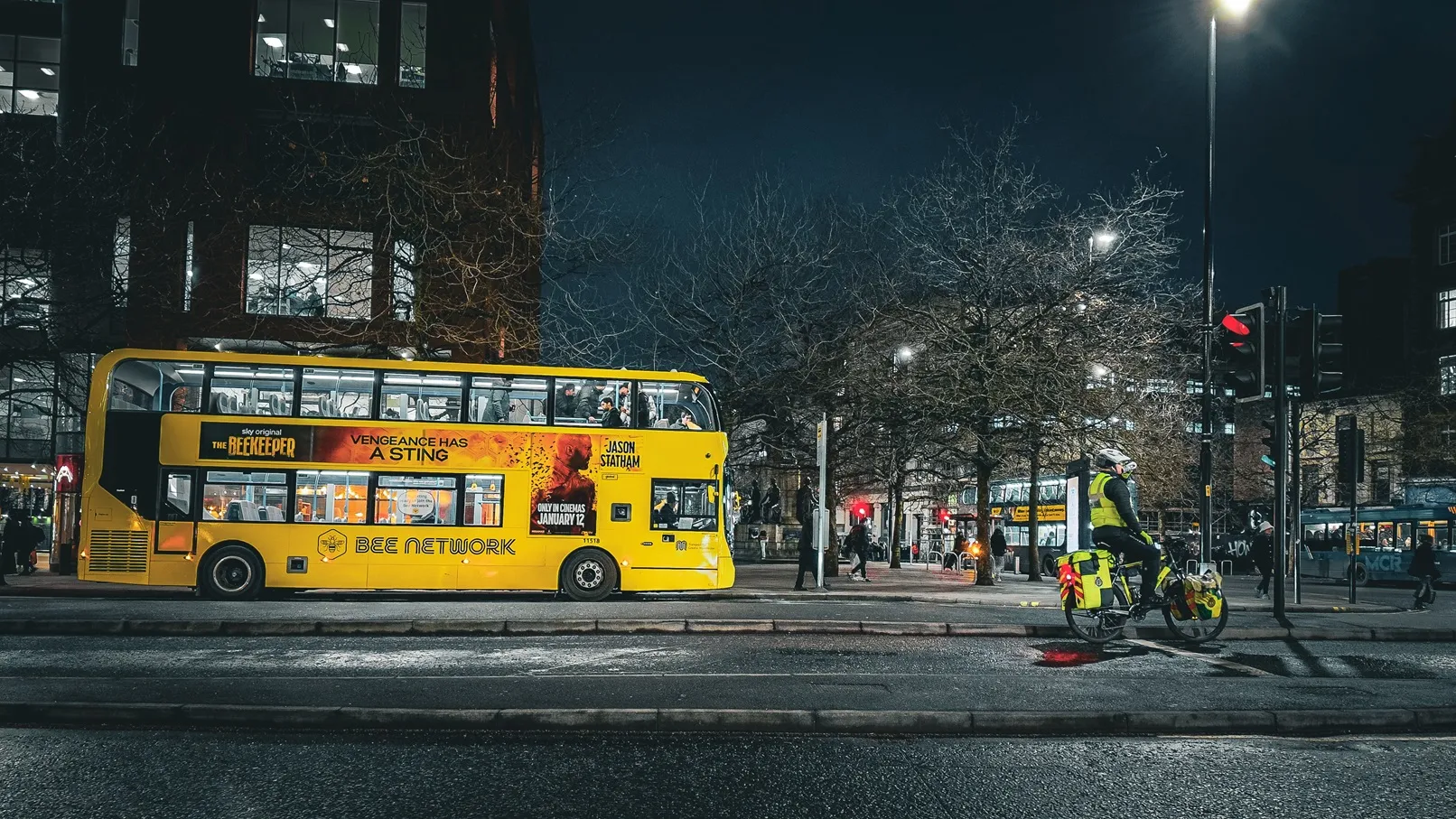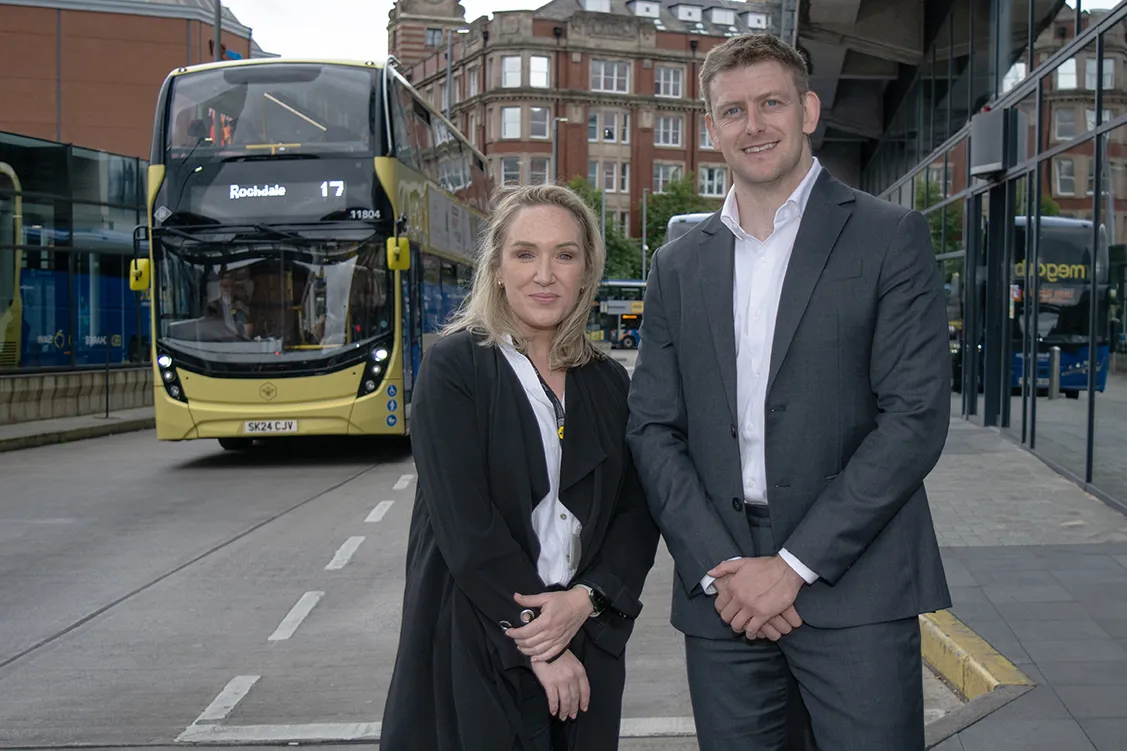
Aimsun is building a fully-integrated transport model for Transport for Greater Manchester (TfGM) in the UK and plans to deliver a final version later this year.
It will be used for transport planning and traffic management in the Bee Network, and covers the 100-square-mile area within the M60 ring road.
The Bee Network is Greater Manchester’s "vision for a more integrated, accessible and affordable public transport and active travel system".
Aimsun says the model is multi-scale, supports transport appraisal, will be linked to continuous data sources - including Scoot traffic flows from the UTC system, bus AVL data and automatic traffic counters - and will be able to support real-time traffic management in the future.
“We’re building a model with a forward-looking architecture,” says James Daniels, MD of Aimsun UK.
“We’re wrapping it in this infrastructure that is updateable, so it can be continually rebased. This architecture forms the perfect starting point for real-time traffic management in the future – it will make it easier for Greater Manchester to transition to a decision support system like Aimsun Live.”
Sam Corns, highways strategy manager at TfGM, says Aimsun data processing will offer historical data insights: “Crucially, Aimsun’s data services will enable semi-automatic model updates, which will greatly increase our efficiency while maintaining accuracy going forward."
The model's strategic macroscopic level will be used for demand estimation; within that are two dynamic layers: mesoscopic and microscopic.
The mesoscopic scale uses simplified vehicle dynamics for greater efficiency and is designed for fast, full-model assignments.
The detailed microscopic model covers only Manchester city centre, where Aimsun says greater granularity is needed to capture interactions between individual vehicles.
The model is being developed using best practice and validated against UK Department for Transport Transport Analysis Guidance - in particular, TAG Unit M3.1 Highway Assignment Modelling.
This means the model can provide evidence for submissions in support of HM Treasury-compliant business cases - for example, in the assessment of the general traffic and bus impacts of the City Region Sustainable Transport Settlements City Centre Radials programme.
Use of the model and future updates will be completed within TfGM’s Highways Forecasting and Analytical Services team, using Aimsun Next software.









